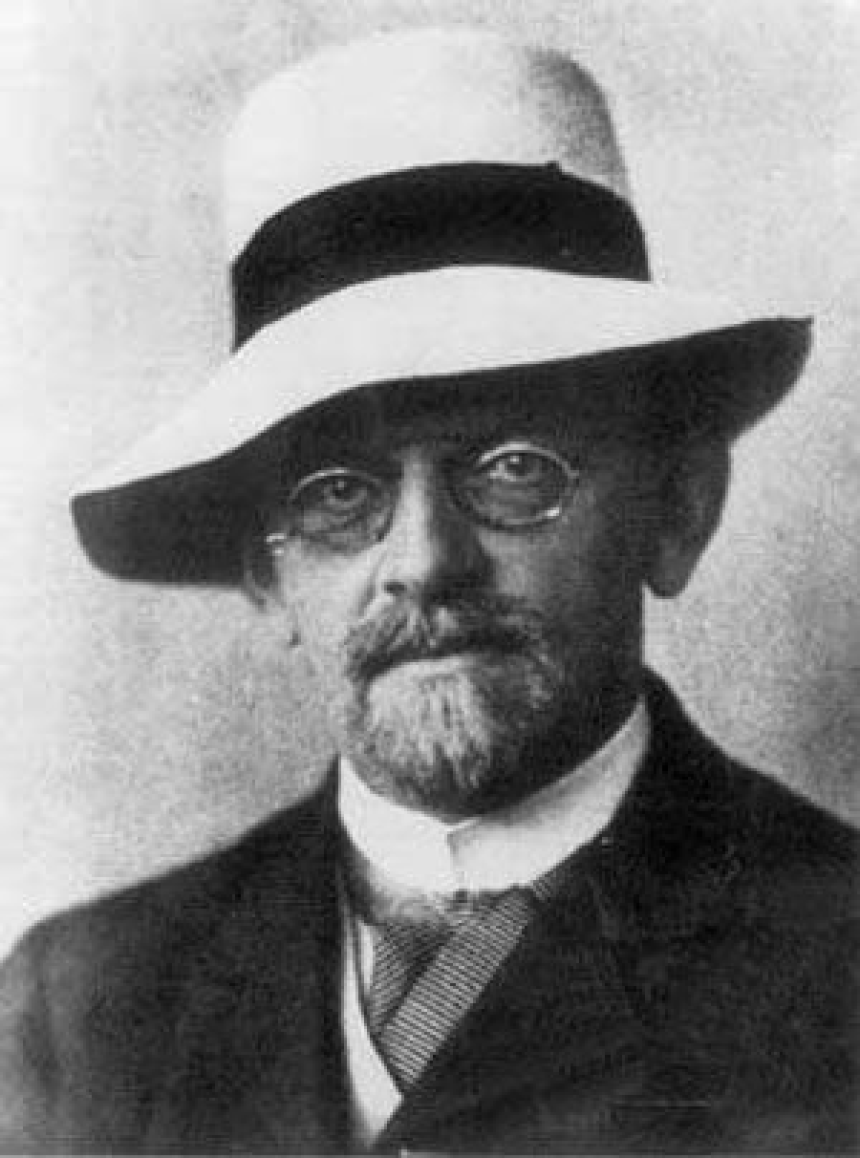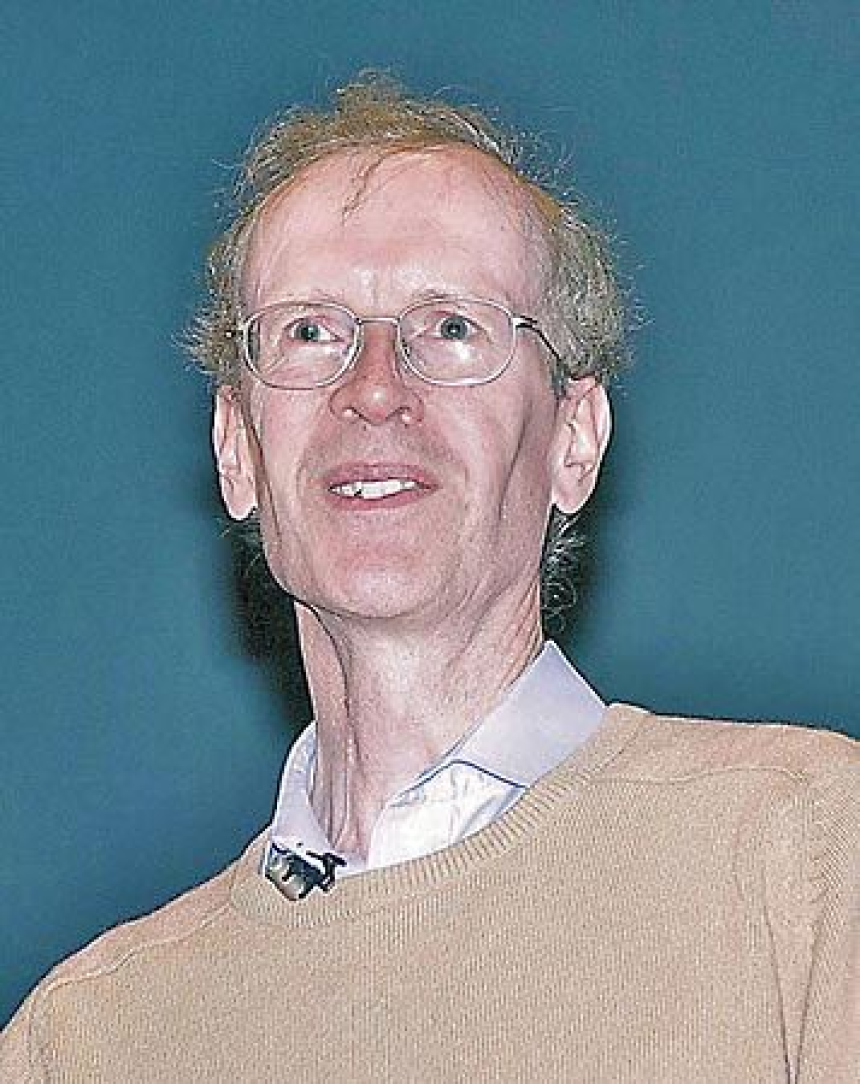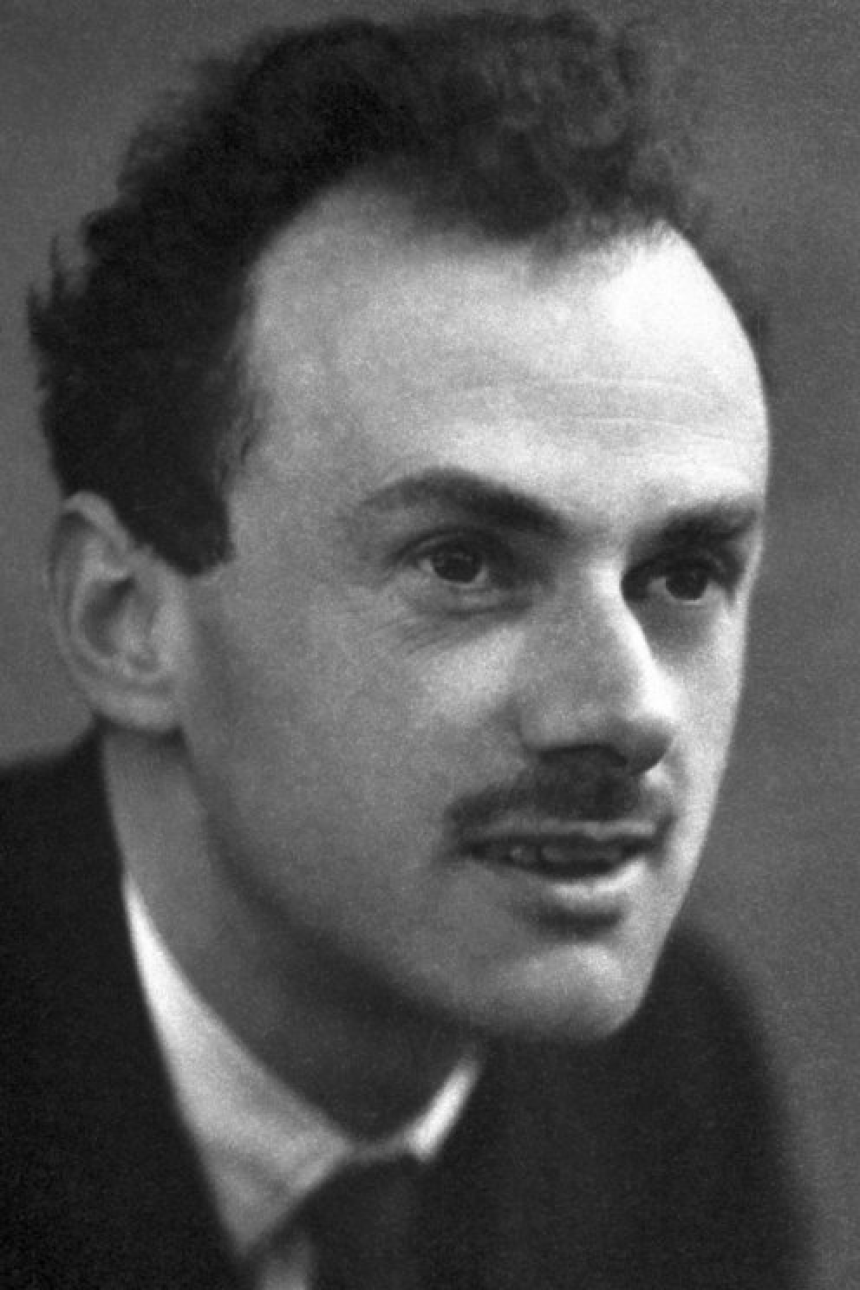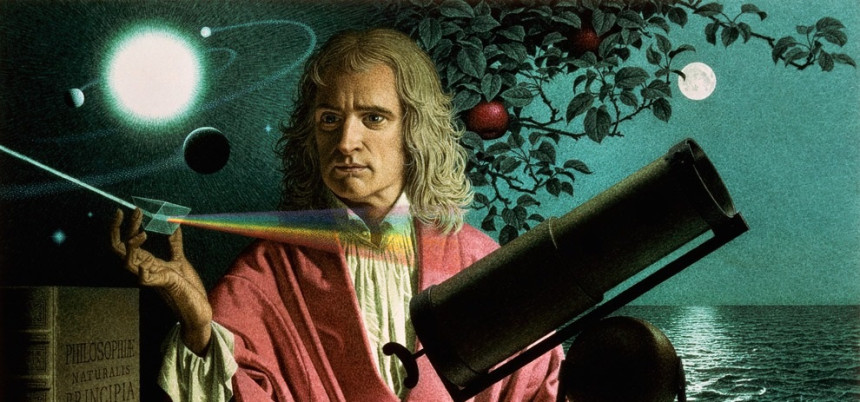
Homi Bhabha
Homi Bhabha: A Pioneer in Nuclear Physics
Homi Bhabha: A Pioneer in Nuclear PhysicsHomi Bhabha, born on October 30, 1909, was an Indian nuclear physicist who played a crucial role in the development of nuclear research in India. His contributions to the field were immense, and he is often regarded as the father of the Indian nuclear program. Bhabha's scientific journey and achievements continue to inspire young minds today.
Early Life and EducationBhabha was born into a wealthy Parsi family in Mumbai, India. He completed his early education at Cathedral and John Connon School, and later attended Elphinstone College. His brilliance in academics led him to pursue further studies in physics.
In 1930, Bhabha went to England to pursue his higher education at Gonville and Caius College, Cambridge. He obtained his doctorate in physics in 1934 from the University of Cambridge, where he conducted extensive research on cosmic rays.
Contributions to Nuclear PhysicsAfter completing his studies, Bhabha returned to India in 1939. He was deeply committed to advancing scientific research, particularly in the field of nuclear physics. His work primarily focused on studying cosmic rays, which are highly energetic particles coming from space.
One of his notable contributions was the formulation of the "Bhabha Scattering," which provided a theoretical basis for understanding how photons and electrons interacted. This work laid the foundation for the development of quantum electrodynamics.
Bhabha was also instrumental in establishing various research institutions in India, including the Tata Institute of Fundamental Research (TIFR), which is known for its contributions to nuclear physics. He played a critical role in developing India's first nuclear reactor, named "Apsara".
Legacy and RecognitionHomi Bhabha's contributions to the field of nuclear physics have had a lasting impact not only in India but also on the global scientific community. He received numerous awards and honors throughout his career, including being elected as a Fellow of the Royal Society in 1941.
Tragically, Bhabha's life was cut short when he died in a plane crash near Mont Blanc, France, on January 24, 1966. However, his remarkable achievements continue to motivate aspiring scientists and serve as a reminder of the power of persistence and dedication to scientific research.
Frequently Asked Questions1. What contributions did Homi Bhabha make to nuclear physics?
Homi Bhabha made significant contributions to nuclear physics, including formulating the "Bhabha Scattering," which provided a theoretical understanding of how photons and electrons interact. He also established research institutions and played a crucial role in developing India's first nuclear reactor.
2. How did Homi Bhabha impact India's nuclear program?
Homi Bhabha played a vital role in the development of India's nuclear program. He established the Tata Institute of Fundamental Research, which contributed to nuclear physics research. Additionally, he played a key role in developing India's first nuclear reactor, Apsara.
3. What honors did Homi Bhabha receive during his career?
Homi Bhabha received several honors during his career, including being elected as a Fellow of the Royal Society in 1941. He also received the Adams Prize in 1942 and the Padma Bhushan, one of India's highest civilian awards, in 1954.
4. What is the Bhabha Atomic Research Centre?
The Bhabha Atomic Research Centre (BARC) is a multi-disciplinary research center located in Mumbai, India. It was established in 1954 and is responsible for various areas of nuclear research and development, including atomic energy, materials science, and radiation biology.
5. How did Homi Bhabha's work in nuclear physics inspire future generations?
Bhabha's pioneering work in nuclear physics continues to inspire aspiring scientists. His dedication to scientific research, establishment of research institutions, and contributions to India's nuclear program serve as a testament to the impact an individual can make in advancing scientific knowledge and innovation.





